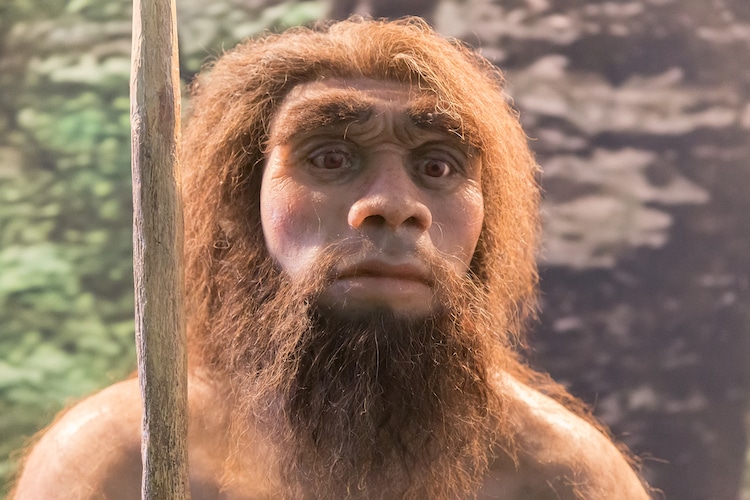All family trees tell a story.
Now, a fascinating global story has emerged inScience: the largest family tree ever created.
The project is born of the great advances in DNA sequencing and big data computing in recent decades.

Visualizing inferred human ancestral lineages over time and space.Each line represents an ancestor-descendant relationship in our inferred genealogy of modern and ancient genomes. (Photo and caption:Wohns et al./Science)
Researchers took genome data of 3,609 modern and ancient humans across 215 populations.
Some of these samples are up to 100,000 years old.
This massive data required an extremely innovative algorithm by theBig Data Instituteat the University of Oxford.

Neanderthal Figure, a recreation of a human ancestor (Photo: ARUIZHU/Depositphotos)
The end result maps 27 million ancestors.
We can then estimate when and where these ancestors lived.
So bits of our genome have been inherited from individuals who we wouldnt recognize as modern humans.
Such algorithms could be used to map the evolution of other species, including plants and animals.